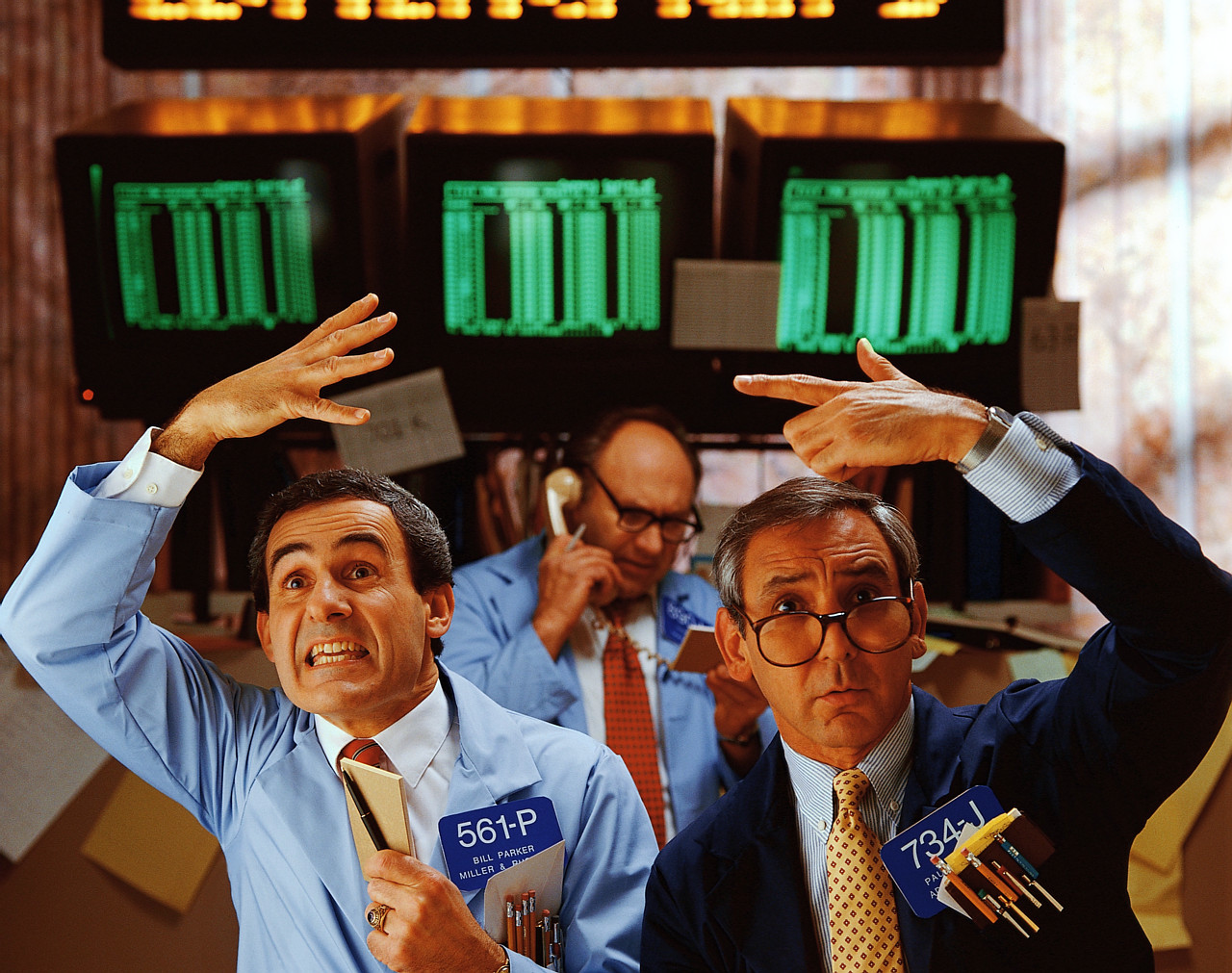
by Chris Weston, IG
These are strange times for global markets. When you see a 425-point reversal on the Dow Jones and a 48-handle move in the S&P 500 on limited news, you know things are not quite right.
You could easily explain the confusion with a quick assessment, as oil prices are sitting at $46, CME copper at $2.45 p/lb and US 10-year treasuries at 1.90%, while the S&P 500 is at 2023! Central banks have been fundamental in herding investors into various assets, although the falls in energy prices have also been a major factor.
Disinflation and deflation are the buzzwords of the day and, while any economics textbook will tell you that low inflation is a good thing for markets, this thesis doesn’t take into account the fact that global central banks as a whole have expanded their balance sheets to $17 trillion. Bear in mind this figure stood at $5 trillion in 2005.
As Mario Draghi said on 1 January, the risk of the European Central Bank failing its mandate was higher than it was six months ago. However, the same is also true of the Bank of England, Bank of Japan, Reserve Bank of Australia and the inflation part of the Federal Reserve’s dual mandate. It seems that deflation has also overtaken housing as the new number one risk in China as well.
The argument that equities are still the most attractive asset class given the valuation of the average fixed income yield still holds true to a degree today. However, everyone was saying that when the US ten-year treasury was 40 basis points higher.
I still feel traders should hold a positive bias on developed equity markets, but while market participants would obviously look at much shorter time frames on the charts for trading, I feel looking at a monthly chart of theS&P 500 to get a clearer picture on the likely path of developed markets over the medium-term makes a lot of sense.
Firstly, the 12-month moving average at 1963 has defined some strong trends since the mid-90s, so a monthly close below here would be significant. The rising trend drawn from the 2011 low intersects at 1880, so again a monthly close below here would change my bias to a more bearish stance.
The mood in Asian equities, however, feels much more nuanced; you could even call it calm in comparison to the US, UK and Europe. Chinese equities have even seen buyers today, with the CSI 300 up 1%. Japan is down 0.8%, but that is fairly subdued when you remember this market often undergoes moves of 3%.
The Philippines’ stocks market even hit a new record. The ASX 200 has pulled back a touch and, when you see the yield plays and USD earners doing well, you know what worked well in 2014 will likely do so again in 2015.
In Australia, if the equity has bond-like qualities (ie. a yield above 4%), then investors will support on dips. Once again, the bulk of resource plays have been savaged, highlighting that this is a sector for traders and specifically those partial to playing markets from the short-side.
Arguably, the big story in Asia today has been the monster moves in copper. Perhaps CME copper at $2.45 p/lb and LME copper below $5,500 are telling a clear story about global growth, which would certainly back up the message seen in the developed bond market.
Market players have had to deal with significant declines in iron ore and, of course, oil, but copper hasn’t had as much attention. It’s not every day you see CME copper falling 7% and LME down 8% on huge volumes, but the falls have resonated into other areas of the market, with the AUD/USD, silver, tin, lead and S&P futures under pressure.
Oil has held firm and, if we are to see a rally, it needs to be from current levels, with WTI (West Texas Intermediate) testing the 1998 uptrend. A break of this level surely has to see $40 come into play. It therefore seems that the upcoming US and European session could be very important for energy.
European markets should see losses of around 1% on the open, with some of the goodwill towards the ‘QE is coming’ rally being unwound. It’s interesting to think that bunds have priced in so much, but the EUR and certainly the European equity markets are still wearing a large risk premium.
The fun begins in early European trade with the Advocate General of the European Court of Justice (ECJ) providing his findings on whether Mario Draghi’s OMT initiative from 2012 is even constitutional. This could have strong ramifications on any bond buying program from 22 January onwards.
Elsewhere we get US retail sales, with JP Morgan and Wells Fargo likely to set a tone at a more bottom-up level. Expect big volatility in GoPro, Telsa and Commerzbank, who could fall, courtesy of a ratings change to ‘sell’ by Goldman’s.